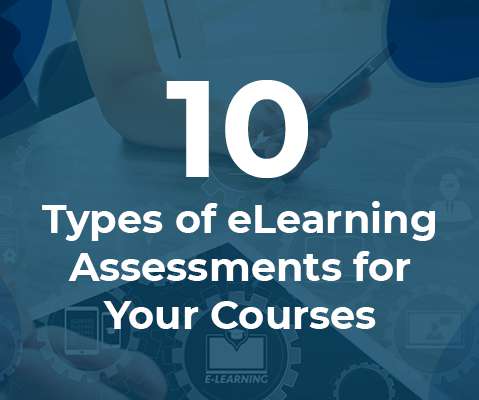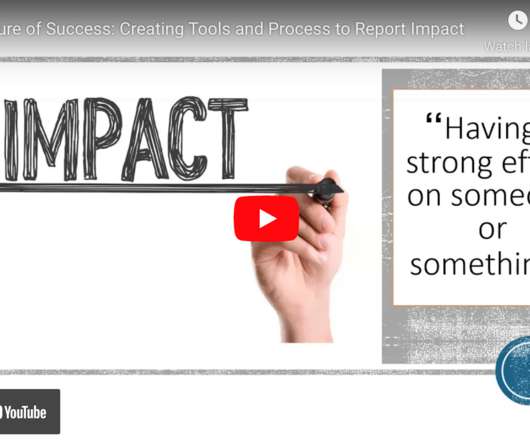Digital Analytics Basics: Free Online Academy from Google
Beth's Blog: How Nonprofits Can Use Social Media
OCTOBER 2, 2013
Micro lessons on video, exercises, coaching, measure progress and put it online for free. In the 60 minutes piece, it is referred to the flipped classroom or peer instruction a mindset that directs attention away from teachers and puts it squarely on the students and their learning.



















Let's personalize your content